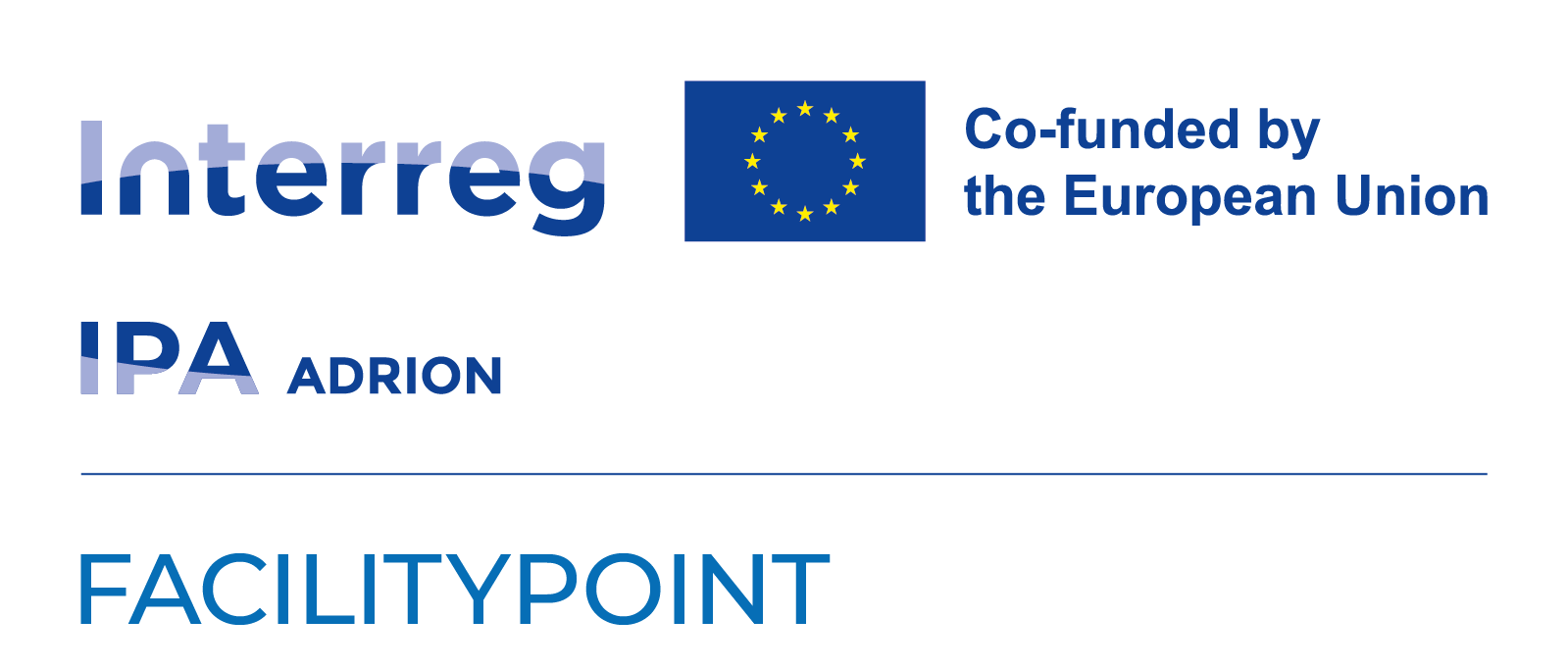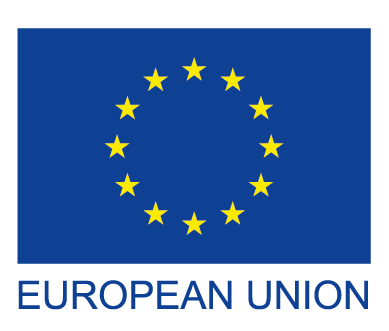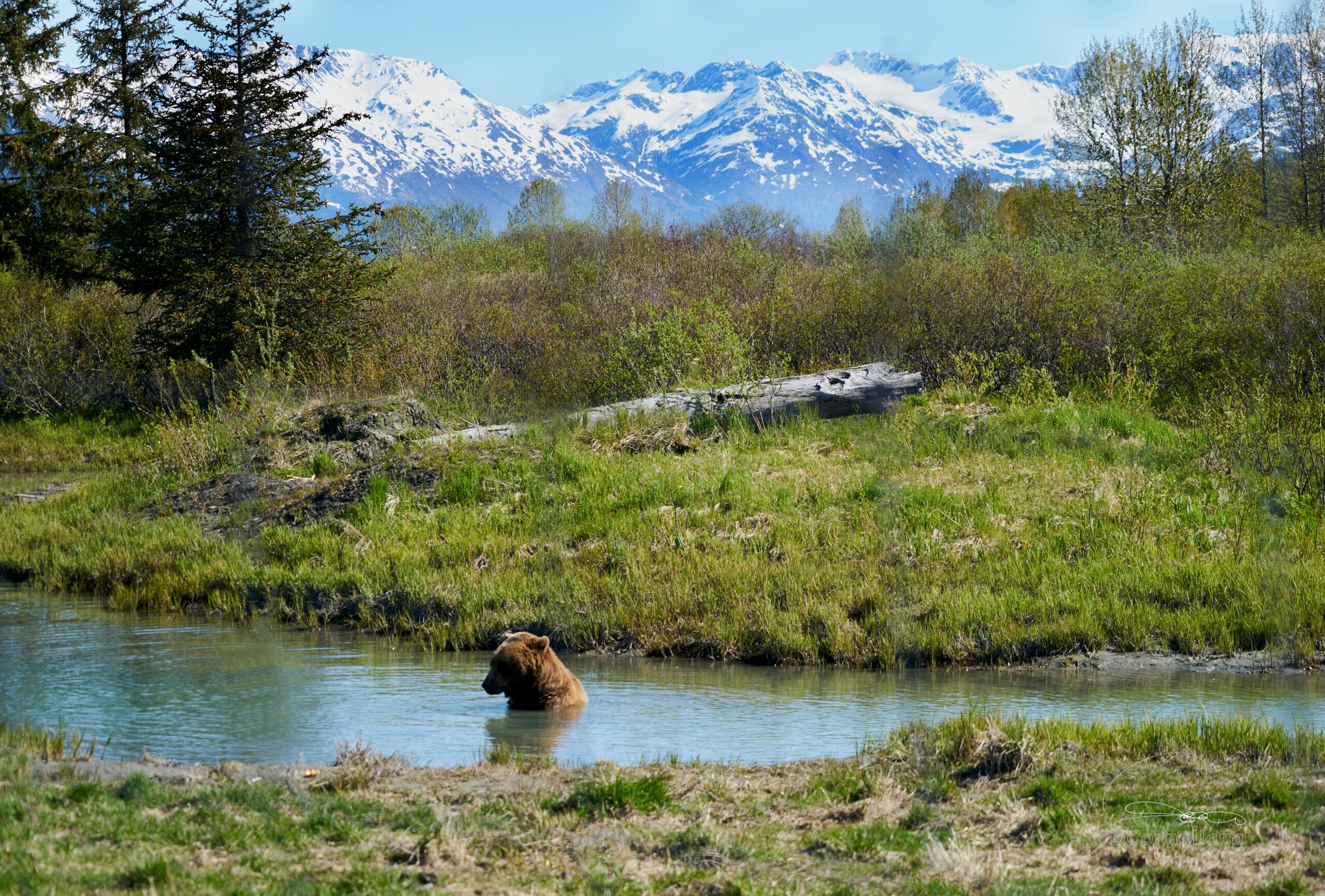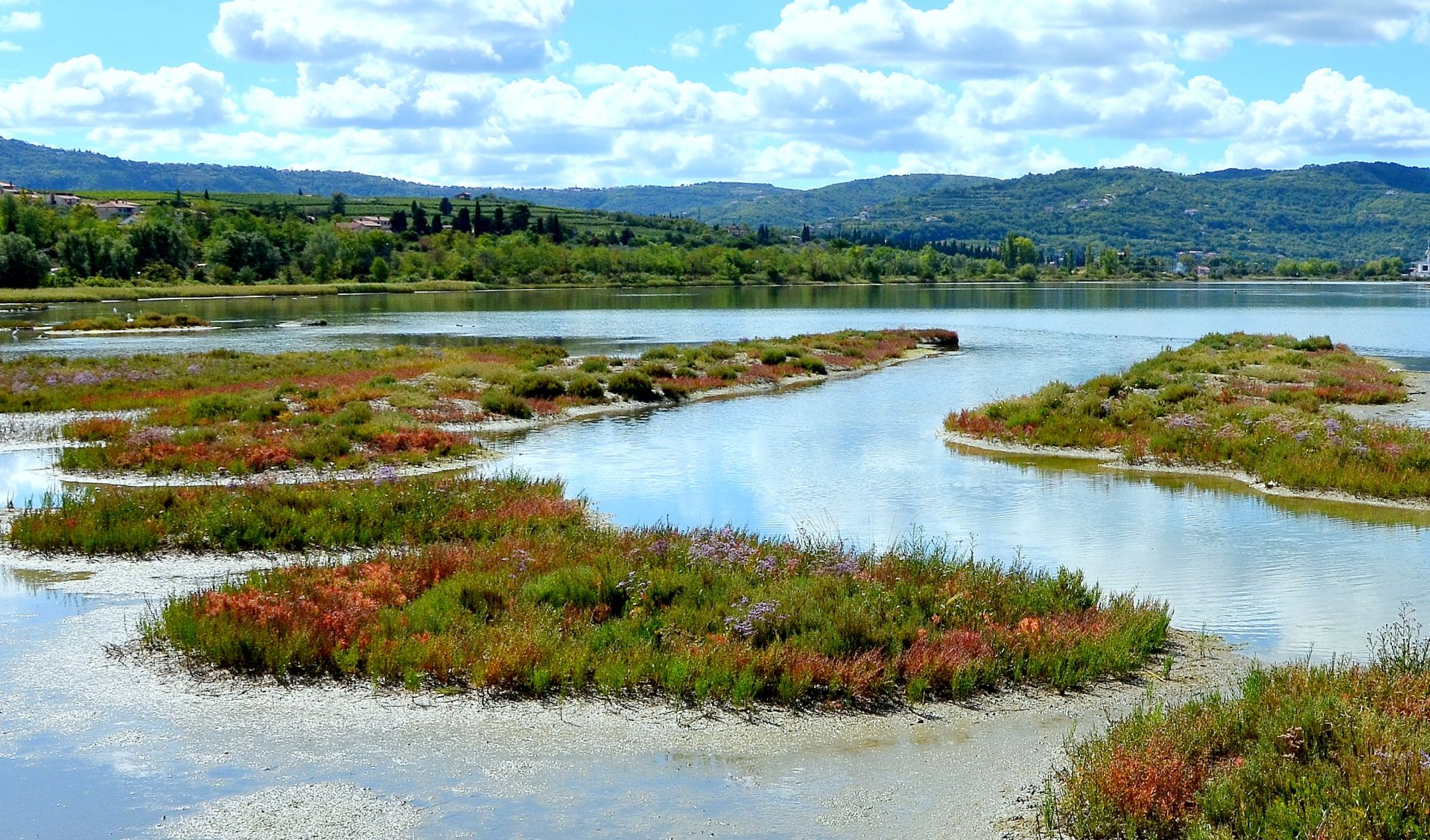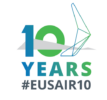Slovenia – Empowered by Challenges, Enriched by Cooperation, Inspired by Dialogue
Macro-regional cooperation is of great importance to Slovenia. Due to its geographical location, Slovenia has the opportunity to participate in three EU macro-regional strategies: the Danube, the Adriatic-Ionian, and the Alps. Participation offers numerous benefits for each participating country and provides valuable leadership experience through the rotating presidencies of these strategies. It is precisely through these presidencies that Slovenia has gained significant macroregional leadership experience.
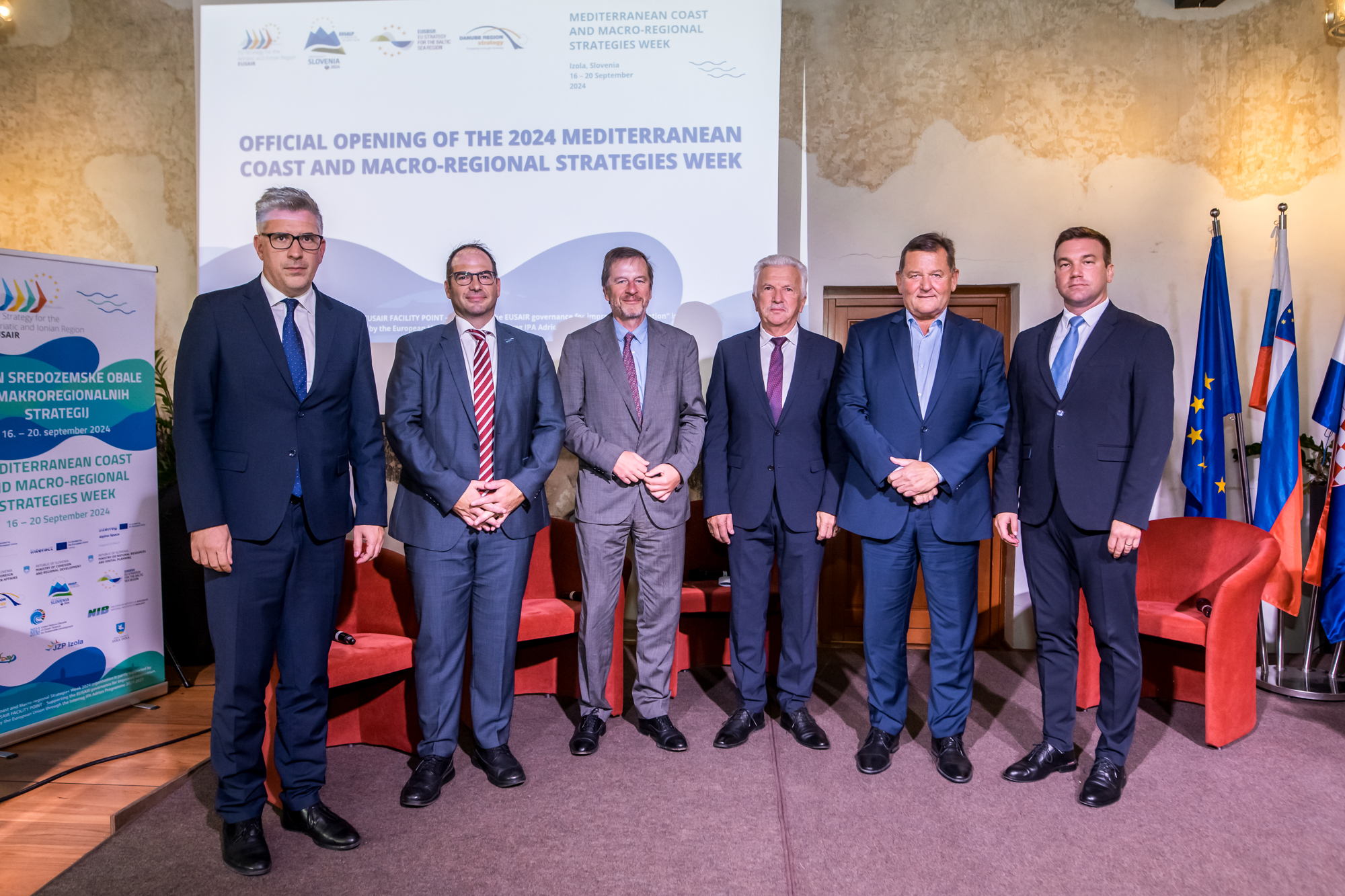
Notably, Slovenia successfully presided over the EU Strategy for the Adriatic and Ionian Region for the first time, overseeing its (then) 9 participating countries during the most challenging period in recent European and world history—2020-2021—amid the global COVID-19 pandemic. The experiences gained during that presidency and the capacities developed have been applied to subsequent presidencies of the Danube Strategy (2022–2023) and the Alps Strategy (2024), as well as at the national level.
Post corona recovery can only be Green
EUSAIR provides a stimulating framework for Slovenian initiatives and actions, particularly in capacity development within specific areas. These include what is often called the ‘triple planetary crisis’—climate change, biodiversity loss, and pollution—as well as sustainable tourism.
Slovenia is emerging as a regional leader in climate adaptation
Within EUSAIR, Slovenia coordinates with Bosnia and Herzegovina the third pillar, Environmental Quality.
This partnership offers Slovenia the opportunity to enhance its capacities and capabilities to create and implement actions aimed at improving climate change adaptation and disaster risk reduction in the Adriatic-Ionian region. This is achieved by integrating River Basin Management (RBM), Integrated Coastal Zone Management (ICZM), and Marine Spatial Planning (MSP) tools in the field. The results and impacts in this area are visible, tangible, and significant.
Forethinking with Social Responsibility
The attempt to establish Adriatic-Ionian Marine Protected Areas Network aims to achieve the goals of the EU Biodiversity Strategy for 2030.
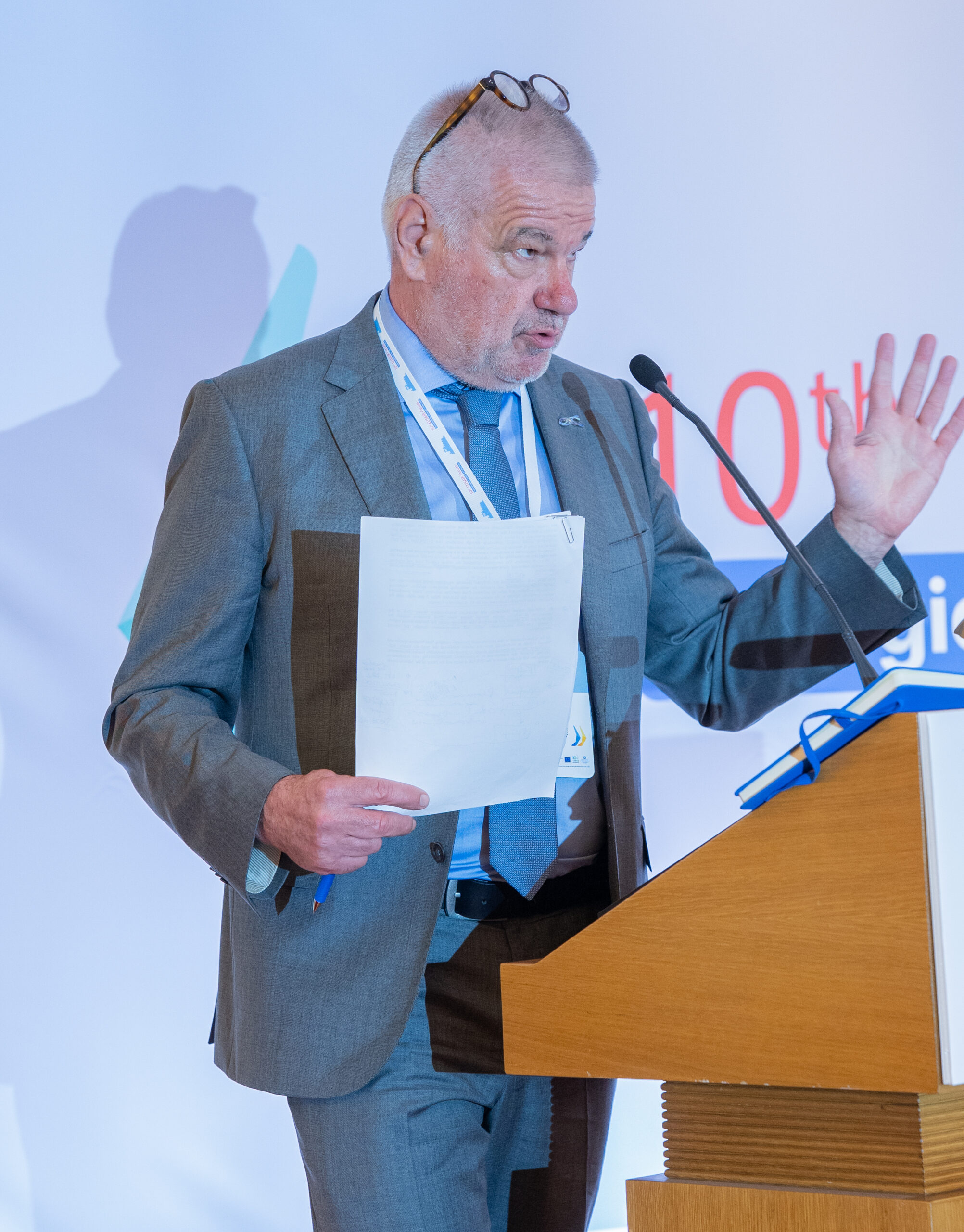
The 4 PET HAB ECO project, which implements the EUSAIR Pillar 3 flagship initiative—Protection and Enhancement of Natural Terrestrial Habitats and Ecosystems (PET HAB ECO)—is highlighted by EUSAIR representatives from Slovenia as an important benefit gained from the Strategy. It is crucial for biodiversity conservation, as it addresses the protection and restoration of terrestrial habitats and large carnivore populations (bear, wolf and lynx) within and across national borders.
Beyond ecological benefits, PET HAB ECO also tackles social challenges related to human-large carnivore coexistence, promoting participatory management strategies and conflict resolution through Living Labs. These initiatives help mitigate cultural and environmental conflicts while ensuring the long-term survival of key species. The project contributes to ecosystem resilience by developing green infrastructure and ecological corridors that facilitate species movement and adaptation to climate change. Given that large carnivores are keystone species, their conservation positively impacts entire ecosystems. This is the second project in the history of EUSAIR to implement the “Embedding in Practice” approach and to secure additional funds from decentralized calls for implementation.
Blue-Green corridors are an innovative approach to promoting sustainable development, environmental protection, and biodiversity conservation. In the context of the Adriatic-Ionian region, these corridors can serve to connect marine and terrestrial ecosystems, enhance ecological resilience, and support sustainable tourism and local economies. Based on this approach, a sustainable coexistence—balancing human activities with nature, conserving migratory waterbirds, and managing large carnivore populations—has been put into practice in Slovenia. The natural reserve Škocjanski zatok and the Port of Koper coexist side by side, making this harmony both possible and tangible.
Deviation of Costal Road to the Tunnel – one of the best practice point in ICZM and MSP, EUSAIR TSG 3 Flagship best practice implementation point in EUSAIR
In 2017, the Green Corridor was established between the Slovenian coastal cities of Koper and Izola by deviation of the coastal road to the tunnel. After decades of heavy traffic, the road between these two cities was finally closed to motor vehicle traffic, and a green corridor was created. The “Riva Lunga”, first constructed in 1837, has thus become a green connection between Izola and Koper for those seeking physical activity in a safe environment with an open view of the sea. In 2018, the future of this coastal road was being designed through a participatory spatial planning process and activities of the project “Let’s Draw the Coast/Narišimo obalo”.
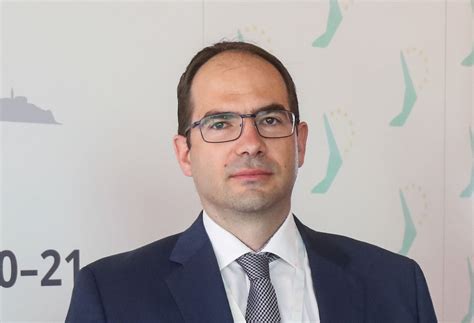
The project adopts an innovative participatory approach to spatial planning in Slovenia’s coastal region, emphasizing the importance of local community involvement, sustainable development, and democratic urban planning. The design of high-quality public spaces fosters social interaction, safety, and accessibility while strengthening the cultural identity of local communities. Additionally, the project creates economic opportunities by supporting local businesses, developing sustainable tourism, and encouraging investment in long-term solutions. This participatory spatial planning initiative, which involves developing a concept for the future of the coastal road, brought together 17 civil society organizations, 10 schools, 2 municipal public institutions, 4 public professional institutions, and 18 groups of individuals.

The North Adriatic Maritime Incident Response System (NAMIRS) project, funded under the European Commission Directorate-General for European Civil Protection and Humanitarian Aid Operations (DG ECHO) by Union Civil Protection Mechanism, has adopted a holistic approach to marine pollution incident management, both at sea and on shore. Its goal is to prevent maritime disasters and mitigate potential effects and damages by building national capacity and strengthening regional cooperation among the northern Adriatic countries—Italy, Slovenia, and Croatia—which share a marine surface area of approximately 550 sq.km. Thanks to this project, Slovenia’s capacities in this area have increased significantly. The project was designed with the support and coordination of Facility Point project partner Municipality of Izola and is based on the EUSAIR’s TSG3 flagship project ASOSOCoP.
To enhance maritime protection against the effects of pollutant spill-over—particularly in the event of large-scale accidents at sea that cannot be managed by a single country—the results of the NAMIRS project will be capitalised across the entire Adriatic Sea through the ASAP (Adriatic Sensitive Area Protection) Mechanism project, funded by Interreg IPA ADRION programme. This is the first project in the history of EUSAIR to implement the “Embedding in Practice” approach and to secure additional funds from a decentralized call for implementation.
The Mediterranean Coast and Macro-Regional Strategies Week

The Mediterranean Coast and Macro-Regional Strategies Week is traditionally held in Izola, Slovenia, during the week leading up to Mediterranean Coast Day on 25th September, a date widely celebrated across Mediterranean countries. This date was chosen to honour Slovenia as the first country in the Mediterranean to ratify the Protocol on Integrated Coastal Zone Management in 2009, on 25th September. The Week serves as a key forum for discussing the future of coastal areas in the Mediterranean and beyond. Its value lies in strengthening international dialogue, facilitating the exchange of best practices, and jointly seeking solutions to ensure a sustainable and prosperous future for this vital region.
This year, the Week celebrates, just like the EU Strategy for the Adriatic-Ionian Region, its 10th anniversary — it was established and has grown alongside the Strategy, sharing common goals and engaging most of the audience. Beyond environmental issues, the event holds broader significance, bringing together more than 300 participants from 20 European countries, as well as representatives from all participating countries of four macro-regional strategies, the European Commission, and international organizations. This demonstrates a strong international commitment to finding joint solutions for challenges affecting coastal areas.
Cultural thematic routes as a driver of innovative, creative, and sustainable tourism
The starting point for Slovenian action in the field was the experience gained through participation in EUSAIR Pillar 4 – Sustainable Tourism activities, in the Joint Programme (Routes4U) between the Council of Europe and the European Commission’s DG REGIO, as well as post-COVID-19 experiences.
Slovenia hosted an international two-day conference in April in Nova Gorica titled “The Cultural Routes of the Council of Europe: Recognition and Preservation of Cultural Heritage in Cross-Border Areas”. The event was attended by representatives of the Council of Europe’s Cultural Routes, experts from various fields, members of local communities, and representatives of the European Capitals of Culture. The conference focused on cross-border cooperation and the role of cultural routes in connecting communities.
